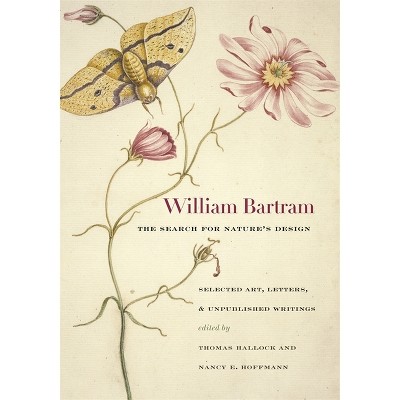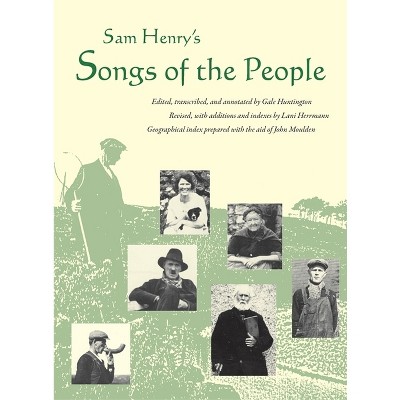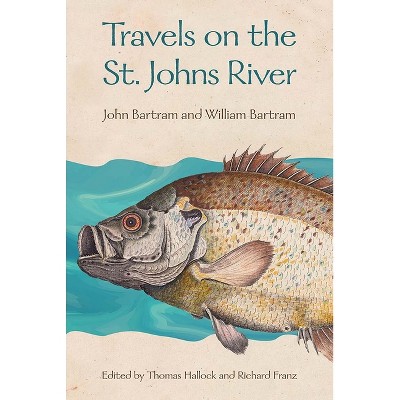Sponsored

The Travels of William Bartram - Annotated (Paperback)
In Stock
Sponsored
About this item
Highlights
- For years, serious naturalists have treasured their copies of Francis Harper's naturalist's edition of The Travels of William Bartram as the definitive version of Bartram's pioneering survey.
- About the Author: William Bartram (Author) WILLIAM BARTRAM (1739-1823) is renowned as one of the first early American naturalists.
- 824 Pages
- Biography + Autobiography, Historical
Description
About the Book
In 1773, naturalist and writer William Bartram set out from Philadelphia on a four-year journey ranging from the Carolinas to Florida and Mississippi. Combining precise and detailed scientific observations with a profound appreciation of nature, he produced a written account of his journey that would later influence both scientists and poets. 31 photos. 12 illustrations. 4 maps.Book Synopsis
For years, serious naturalists have treasured their copies of Francis Harper's naturalist's edition of The Travels of William Bartram as the definitive version of Bartram's pioneering survey. Complete with notes and commentary, an annotated index, maps, a bibliography, and a general index, this classic is now back in print for the first time in decades. Harper's knowledge of natural history transforms Bartram's accounts of the southern states from a curious record of personal observation from the past into a guidebook useful to modern biologists, historians, ornithologists, and ethnologists.
In 1773 the naturalist and writer William Bartram set out from Philadelphia on a four-year journey ranging from the Carolinas to Florida and Mississippi. For Bartram it was the perfect opportunity to pursue his interest in observing and drawing plants and birds. Combining precise and detailed scientific observations with a profound appreciation of nature, he produced a written account of his journey that would later influence both scientists and poets, including Wordsworth and Coleridge. Bartram was among the first to integrate scientific observations and personal commentary. Unlike most of his contemporaries, he condemned the idea that nature was simply a resource to be consumed. Instead, he championed the aesthetic and scientific values of an "infinite variety of animated scenes, inexpressibly beautiful and pleasing." From his field journals he prepared a report for his benefactor and a larger report for the public. The former was rediscovered much later and published in 1943; the latter was published in 1791 and became the basis for the modern Bartram's Travels.Review Quotes
In the southeastern forests and savannahs, Bartram experienced a wild that we can no longer know in our mechanized and urbanized present. Our sense of environmental loss imparts an elegiac fascination to his evocative and rapturous descriptions.
--New RepublicIt is the visionary quality which gives Bartram's writing its special radiance: the passionate, wonder-struck, daring, and very personal scientism, the repeated acts of rapt, total absorption.
--James DickeyThis is much more than a new edition of The Travels; it is really two books in one. . . . Harper has traveled the routes followed by John Bartram in the 1760's and William in the 1770's. The study is a labor of love, but also a labor of great scholarly value . . . Superb [and] indispensable.
--American QuarterlyAbout the Author
William Bartram (Author)WILLIAM BARTRAM (1739-1823) is renowned as one of the first early American naturalists. Francis Harper (Editor)
FRANCIS HARPER first visited the Okefinokee Swamp in 1912 as a member of a biological survey team from Cornell University and returned many times over the next four decades. He wrote a wide range of books and articles on natural history and folklore, including a naturalist's edition of The Travels of William Bartram. Harper died in 1972, before he had finished assembling his material on the Okefinokee.
Shipping details
Return details
Trending Non-Fiction











